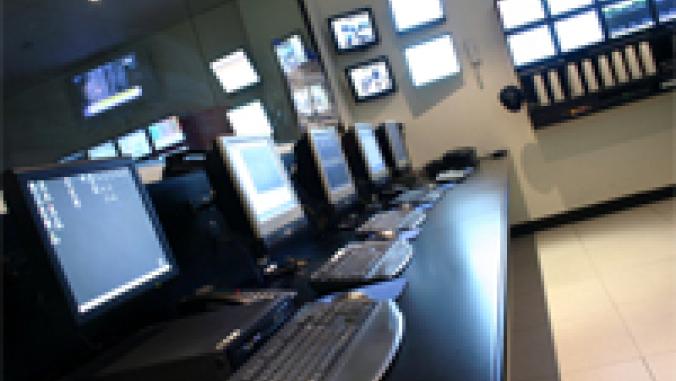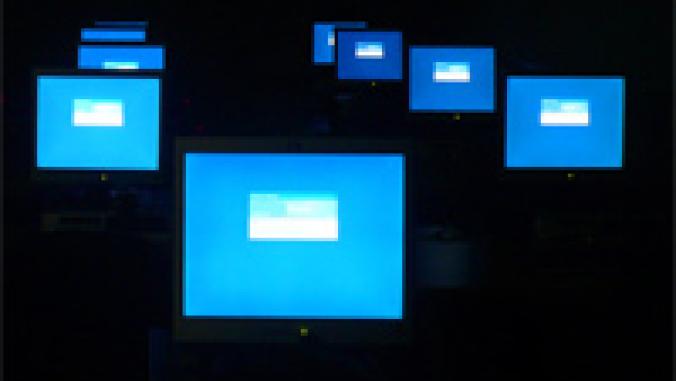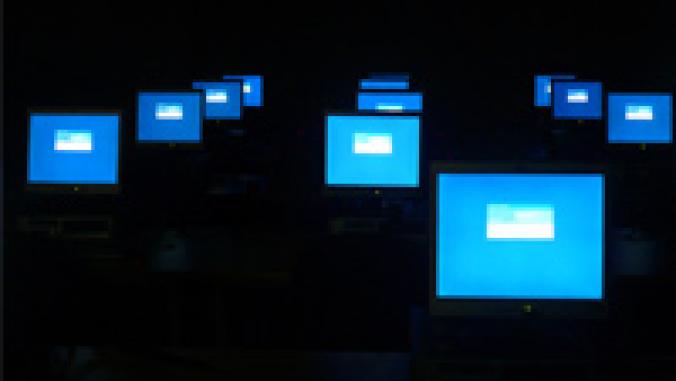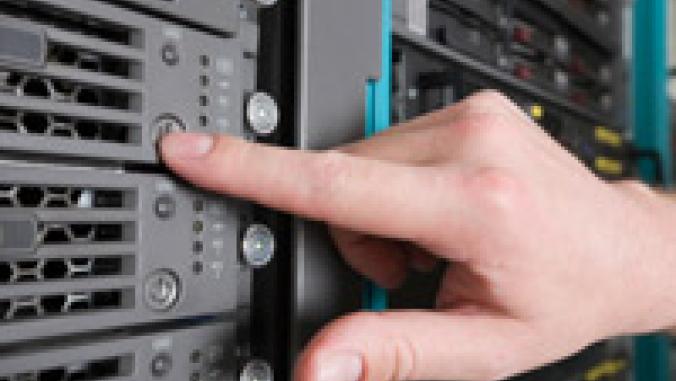Greening Enterprise Disk Drives
Hard drives are an often-overlooked culprit in data centers' high energy usage. No matter what kind of drives your company is using, there are a range of solutions either already on the market or in development.
In my October column, I discussed green disks for desktop systems, which are very rarely the primary source of power consumption for the system. Often the consumption of these hard drives are dwarfed by other components, such as the power supply, processor, chip sets, and so forth.
Hard drives in the data center, however, are a different matter. Data centers frequently have the so-called "spindle farms," in which thousands of disks are providing data services to a wide array of corporate applications. When so many drives are spinning, small savings are quickly multiplied and substantial savings can be recognized by careful selection of disk hardware.
Enterprise disk storage needs, however, are far more complex than simple rooms full of drives. There are various types of needs that are served by different types of disks. One way of examining enterprise disk usage is to break it down into four possible segments, based on how the data is used.
These fast disks (4.6ms seek time for Western Digital's WD Raptor drives) are game changers. For most of their existence, SATA drives spun at 7200 RPM, which meant they did not have the performance profile to compete with SCSI drives. But at this new level of performance, they can compete directly. As SATA drives can be manufactured less expensively and are easier to make green, this speed breakthrough should eventually push SATA into the performance-oriented segments of the enterprise market. There are currently no green 10K SATA drives, but they surely will come to market during the next few years.
For the time being, green drives come to the enterprise in the capacity-oriented storage sector. It's in this area that the green leader among disk vendors, Western Digital, has been gaining a lot of attention. It is already on its second generation of "Green Power" hard drives. Its green drives, such as the 1TB WD Caviar GP, require a mere 4 watts of power at rest, run cooler than traditional 3.5" drives, and are quieter. Performance is comparable to most 3.5" SATA drives.
This energy conservation is attributable to a combination of several factors: a 16MB cache and IntelliSeek smarts that more efficiently locate disk sectors and from which to read and write. This latter capability lets Western Digital match competitors' performance at a slower rotational speed, which means that both during I/O and at rest, these disks consume less power.
Western Digital is not the only vendor with green drives on the market. Hitachi and Samsung also have drives. However, Western Digital has been a pioneer in this area, due in part to being an integrated manufacturer where they manufacture both the disk drive and the read/write head assembly. This combination gives it the ability to innovate across the entire product. Expect to see more green innovations from the company.
So, if you're looking to conserve energy in enterprise storage, start with replacing capacity-oriented storage with green drives. In a few years, you'll be able to do the same with all your storage.
Andrew Binstock's blog on software and technical matters can be found at http://binstock.blogspot.com.
Hard drives in the data center, however, are a different matter. Data centers frequently have the so-called "spindle farms," in which thousands of disks are providing data services to a wide array of corporate applications. When so many drives are spinning, small savings are quickly multiplied and substantial savings can be recognized by careful selection of disk hardware.
Enterprise disk storage needs, however, are far more complex than simple rooms full of drives. There are various types of needs that are served by different types of disks. One way of examining enterprise disk usage is to break it down into four possible segments, based on how the data is used.
- Performance-Oriented Storage (SAN and NAS) This segment is oriented towards core business IT functionality. It uses high-speed 3.5" drives. These drives typically spin at 10K or 15K RPMs. They have traditionally been SCSI style drives due to the performance requirements.
- Performance-Oriented Storage (High I/O Systems) This segment makes use of spindle farms and typically is I/O constrained. It is served not so much by fast drives, as by having lots of drives from which data can be pulled. Use cases include web sites with significant content needs, and any place large amounts of data are accessed but where top-line performance is not critical. This segment prefers smaller disks, such as 2.5" drives, to obtain greater drive density.
- Capacity-Oriented Storage (Second-tier storage) These drives are designed for storage of less-used data items. These might include old records, historical items, back-ups, and any data that is rarely accessed but which must be on-line. In the old days, robotic silos containing optical media often handled these data needs. When a data item was required, the CD or DVD would be fetched and loaded, then the item would be retrieved. The delay was the quid pro quo for the massive capacity of these storage systems. Today, with 3.5" disks reaching capacities of 1TB, those optical discs can be stored on a few dozen platters. These hard drives value capacity over performance and so they tend to be large and have rotational speeds of 7200 RPM.
- Value-Oriented Storage (Price-Conscious Systems) As the name implies, these are your run-of-the mill 3.5" drives intended for low-end servers used in SMBs or in workgroup servers that are not supporting mission-critical applications. The principal focus is on dollars/megabyte.
These fast disks (4.6ms seek time for Western Digital's WD Raptor drives) are game changers. For most of their existence, SATA drives spun at 7200 RPM, which meant they did not have the performance profile to compete with SCSI drives. But at this new level of performance, they can compete directly. As SATA drives can be manufactured less expensively and are easier to make green, this speed breakthrough should eventually push SATA into the performance-oriented segments of the enterprise market. There are currently no green 10K SATA drives, but they surely will come to market during the next few years.
For the time being, green drives come to the enterprise in the capacity-oriented storage sector. It's in this area that the green leader among disk vendors, Western Digital, has been gaining a lot of attention. It is already on its second generation of "Green Power" hard drives. Its green drives, such as the 1TB WD Caviar GP, require a mere 4 watts of power at rest, run cooler than traditional 3.5" drives, and are quieter. Performance is comparable to most 3.5" SATA drives.
This energy conservation is attributable to a combination of several factors: a 16MB cache and IntelliSeek smarts that more efficiently locate disk sectors and from which to read and write. This latter capability lets Western Digital match competitors' performance at a slower rotational speed, which means that both during I/O and at rest, these disks consume less power.
Western Digital is not the only vendor with green drives on the market. Hitachi and Samsung also have drives. However, Western Digital has been a pioneer in this area, due in part to being an integrated manufacturer where they manufacture both the disk drive and the read/write head assembly. This combination gives it the ability to innovate across the entire product. Expect to see more green innovations from the company.
So, if you're looking to conserve energy in enterprise storage, start with replacing capacity-oriented storage with green drives. In a few years, you'll be able to do the same with all your storage.
Andrew Binstock's blog on software and technical matters can be found at http://binstock.blogspot.com.





